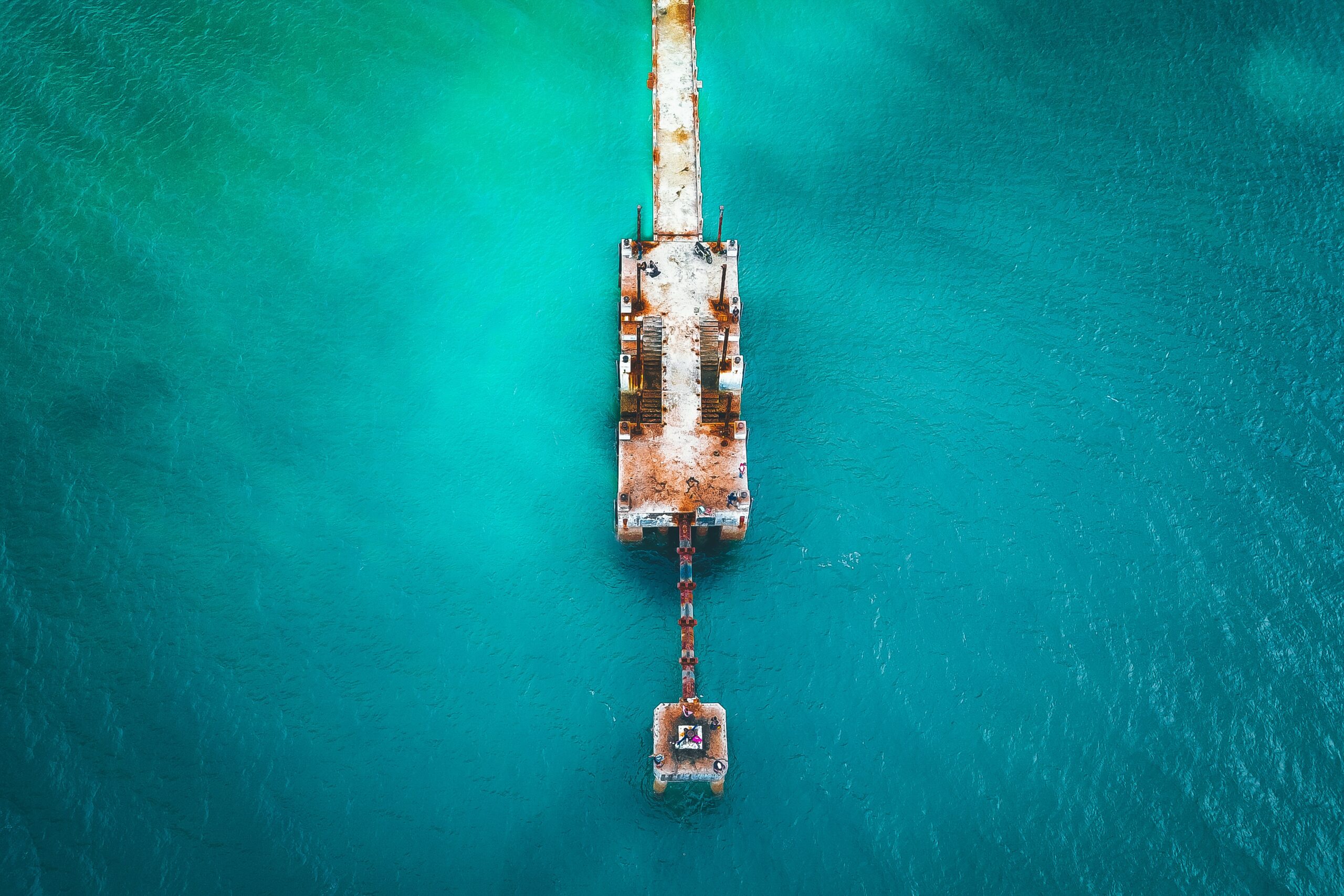Understanding the Local Environment: A Key Factor in Structural Engineering Projects in the Maldives
Introduction:
In the Maldives, understanding the local environment is crucial for successful structural engineering projects. The unique challenges presented by the tropical climate and specific geotechnical conditions necessitate a thorough analysis of factors such as seismic activity, exposure to hurricanes and storms, and the corrosive effects of saltwater and humidity. By gaining a comprehensive understanding of the local environment, engineers can design buildings that can withstand these challenges, ensuring their durability and safety.
Content:
- Importance of Assessing Seismic Activity in the Maldives:
Seismic activity is an important factor to consider in the design and construction of buildings in the Maldives. While the region is not known for major seismic events, it is still necessary to assess and account for possible seismic risks. This includes understanding the historical seismic activity in the area and designing structures that can withstand potential earthquakes or tremors. Engineers use advanced techniques like seismic hazard assessments and site-specific studies to ensure buildings can withstand any seismic activity that may occur in the region. - The Impact of Hurricanes and Storms on Structural Design:
The Maldives is prone to cyclones and storms, which can have a significant impact on the structural integrity of buildings. When designing structures in this region, engineers must take into account wind forces, storm surge, and potential flooding. Strengthening building materials, incorporating wind-resistant features like reinforced concrete walls and roofs, and implementing proper drainage systems are essential to ensure the safety and longevity of structures in the face of these extreme weather events. Building codes and regulations are in place to enforce the use of suitable materials and design practices that can withstand the high winds and heavy rains associated with hurricanes and storms. - Dealing with Corrosion and Humidity in the Maldivian Climate:
The corrosive effects of saltwater and high levels of humidity pose unique challenges to buildings in the Maldives. Structural engineers must carefully select materials and design appropriate protective measures to prevent corrosion. This includes using corrosion-resistant materials like stainless steel or galvanized steel, applying protective coatings to surfaces exposed to saltwater, and ensuring proper ventilation to control moisture levels within the building. Alternatives to traditional materials, such as fiber-reinforced polymers, can also be utilized to reduce the susceptibility of structures to corrosion. - Geotechnical Considerations for Building in Low-Lying Coral Islands:
The Maldives is composed of low-lying coral islands, which require special attention to geotechnical considerations. The selection and implementation of a strong foundation system are crucial to ensure stability and minimize the risk of damage due to erosion or rising sea levels. Techniques such as pile foundations, deep foundations, or even floating structures may be employed depending on the specific site conditions. Geological surveys and geotechnical investigations are conducted to assess soil conditions and inform the design and construction processes, ensuring the building can withstand the challenges posed by the unique geology of the Maldives. - The Role of Environmental Sustainability in Structural Engineering Projects:
Preserving the fragile ecosystem of the Maldives is paramount in all construction projects. Structural engineers should prioritize the use of sustainable materials, minimize waste during construction, and incorporate energy-efficient design principles. By promoting environmental sustainability, structural engineering in the Maldives can contribute to the long-term protection of the natural resources and beauty of the islands. Designing buildings with efficient insulation, utilizing renewable energy sources, and implementing rainwater harvesting systems are some examples of environmentally friendly practices that can be adopted.
Conclusion:
Understanding the local environment is critical in ensuring the durability, safety, and longevity of buildings in the Maldives. By considering factors such as seismic activity, hurricanes and storms, corrosion and humidity, as well as geotechnical conditions unique to low-lying coral islands, structural engineers can design and construct buildings that can withstand and thrive in the Maldivian environment. Through careful planning and attention to detail, the built environment in the Maldives can harmoniously coexist with its natural surroundings, ensuring a sustainable future for the islands and their inhabitants.

